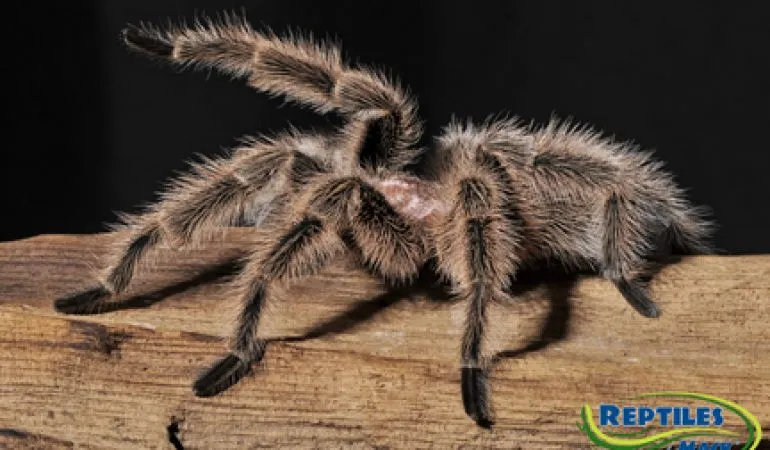Tarantula Care Sheet Top 5 Tips
Caring for a tarantula can be a rewarding experience, providing a unique perspective on the natural world and a fascinating pet to observe. However, tarantulas have specific needs that must be met to ensure their health and longevity. This care sheet provides essential tips, covering everything from habitat setup to handling, ensuring that both you and your eight-legged friend thrive. These top 5 tips will provide you with an excellent starting point for success and a foundation for understanding what is required to be a good tarantula keeper.
Choosing the Right Tarantula Species
Selecting the right species is the first and arguably most important step in tarantula care. Different species have different temperaments, sizes, and care requirements. Researching species and understanding their specific needs is crucial for ensuring a successful pet-keeping experience. Consider your experience level and the amount of time you can dedicate to your tarantula. Some species are more docile and better suited for beginners, while others require more experience and specialized care. The best tarantula for you is one you have extensively researched and are confident that you can meet its needs.
Beginner-Friendly Tarantula Species
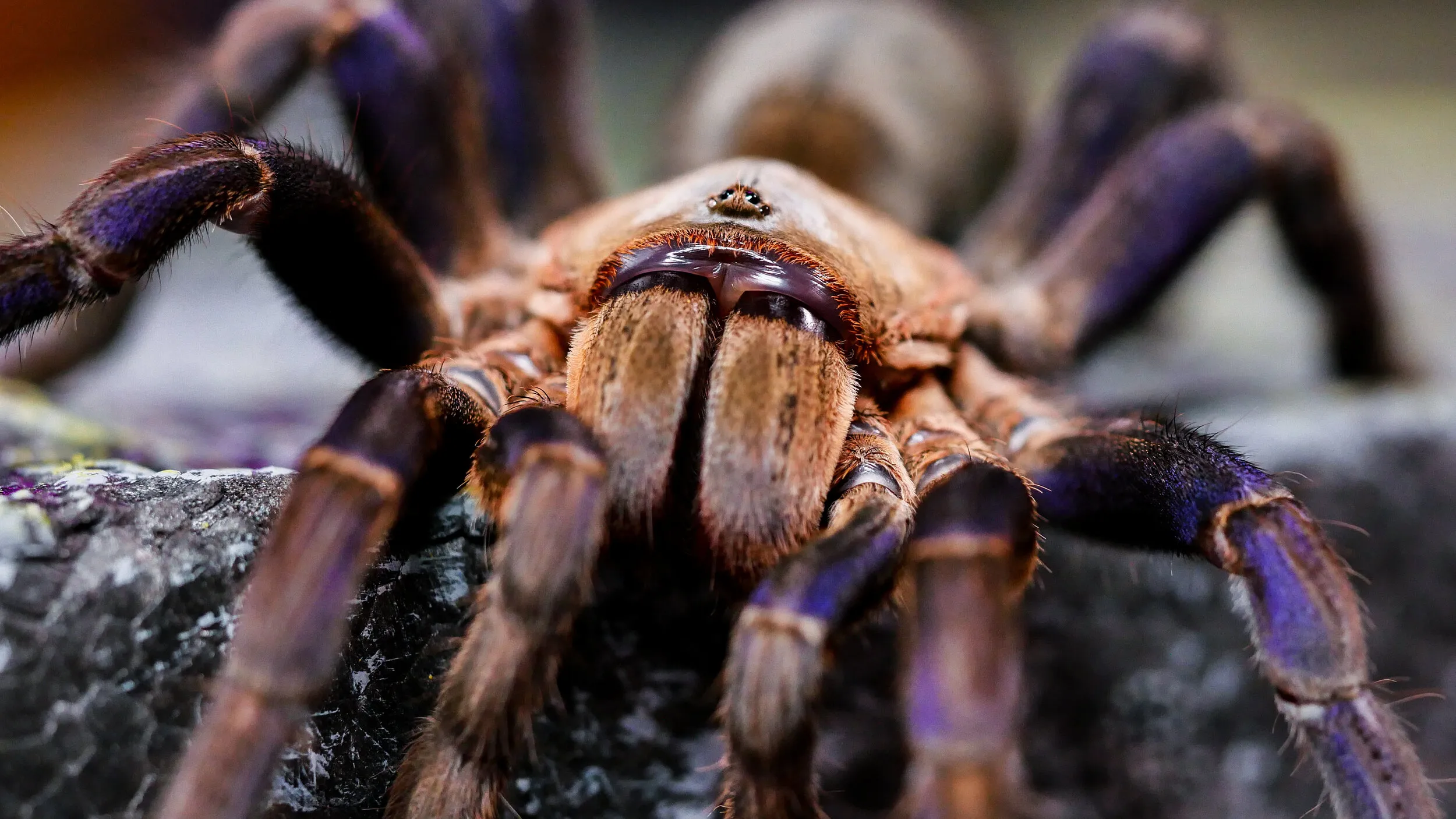
Several tarantula species are known for their relatively docile temperament and ease of care, making them ideal for beginners. The Chilean Rose Hair tarantula (Grammostola rosea) is a classic choice, known for its calm demeanor and tolerance of handling. The Mexican Red Knee (Brachypelma hamorii) is another popular option, recognizable by its striking coloration and relatively gentle nature. These species are generally slower-moving and less likely to flick urticating hairs or bite, making them less intimidating for novice keepers.
Considerations for Species Selection
Beyond temperament, consider the size and lifespan of the tarantula. Some species can grow to a significant size, requiring a larger enclosure and more space. Lifespan is also a factor, with some tarantulas living for decades. Research the specific needs of any species you are considering. Factors such as humidity, temperature, and substrate preferences can vary significantly, and failing to meet these needs can lead to stress, illness, or even premature death of your tarantula. Do not impulse buy, always research.
Setting Up the Perfect Tarantula Habitat
The habitat is the tarantula’s world, and a well-designed enclosure is crucial for their well-being. Providing a comfortable and enriching environment is essential for their physical and psychological health. The enclosure should mimic the tarantula’s natural habitat, providing hiding places, appropriate substrate, and the correct temperature and humidity levels. A properly set up habitat will also make it easier for you to observe your tarantula and monitor its health.
Enclosure Size and Type
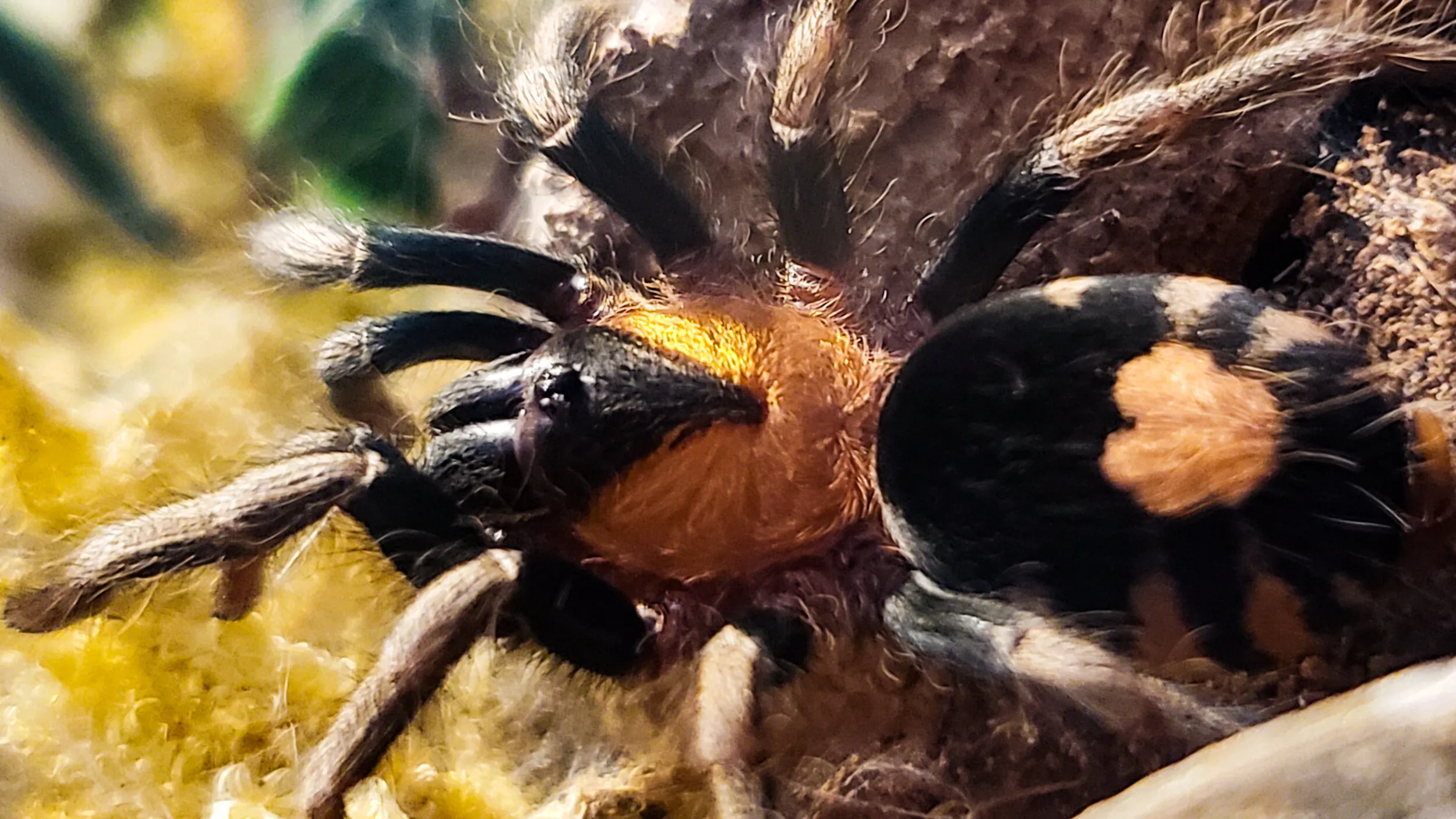
The enclosure should be appropriately sized for the tarantula’s adult size. Too small, and the tarantula will be cramped and stressed. Too large, and it may feel exposed and insecure. A good rule of thumb is to provide an enclosure that is at least twice the tarantula’s leg span in width and length, and the height should be sufficient to allow for the tarantula to molt without difficulty. The enclosure should also be escape-proof, with a secure lid. Glass or clear plastic terrariums are popular choices, offering good visibility and ease of cleaning.
Substrate Selection and Maintenance
The substrate is the material that lines the bottom of the enclosure, providing a surface for the tarantula to walk on, burrow in, and molt. The ideal substrate will also help to maintain humidity and absorb waste. Popular choices include coconut fiber (coir), peat moss, and a mixture of both. The substrate should be deep enough to allow the tarantula to burrow, if the species is a burrowing type. The substrate needs to be kept clean and regularly spot-cleaned to remove any uneaten food or waste. The substrate should also be replaced entirely every few months to prevent the buildup of bacteria and mold.
Providing Proper Temperature and Humidity
Tarantulas are ectothermic, meaning they rely on their environment to regulate their body temperature. Maintaining the correct temperature and humidity levels is vital for their health and well-being. The ideal temperature range typically varies depending on the species, but generally falls between 75-85°F (24-29°C). Humidity levels should also be monitored and maintained, with levels typically ranging from 60-80%, depending on the species. Use a reliable thermometer and hygrometer to monitor these levels. A heat source, such as a heat lamp or heat mat, can be used to maintain the desired temperature, but it is important to avoid direct contact between the heat source and the enclosure, which can lead to burns.
Feeding Your Tarantula
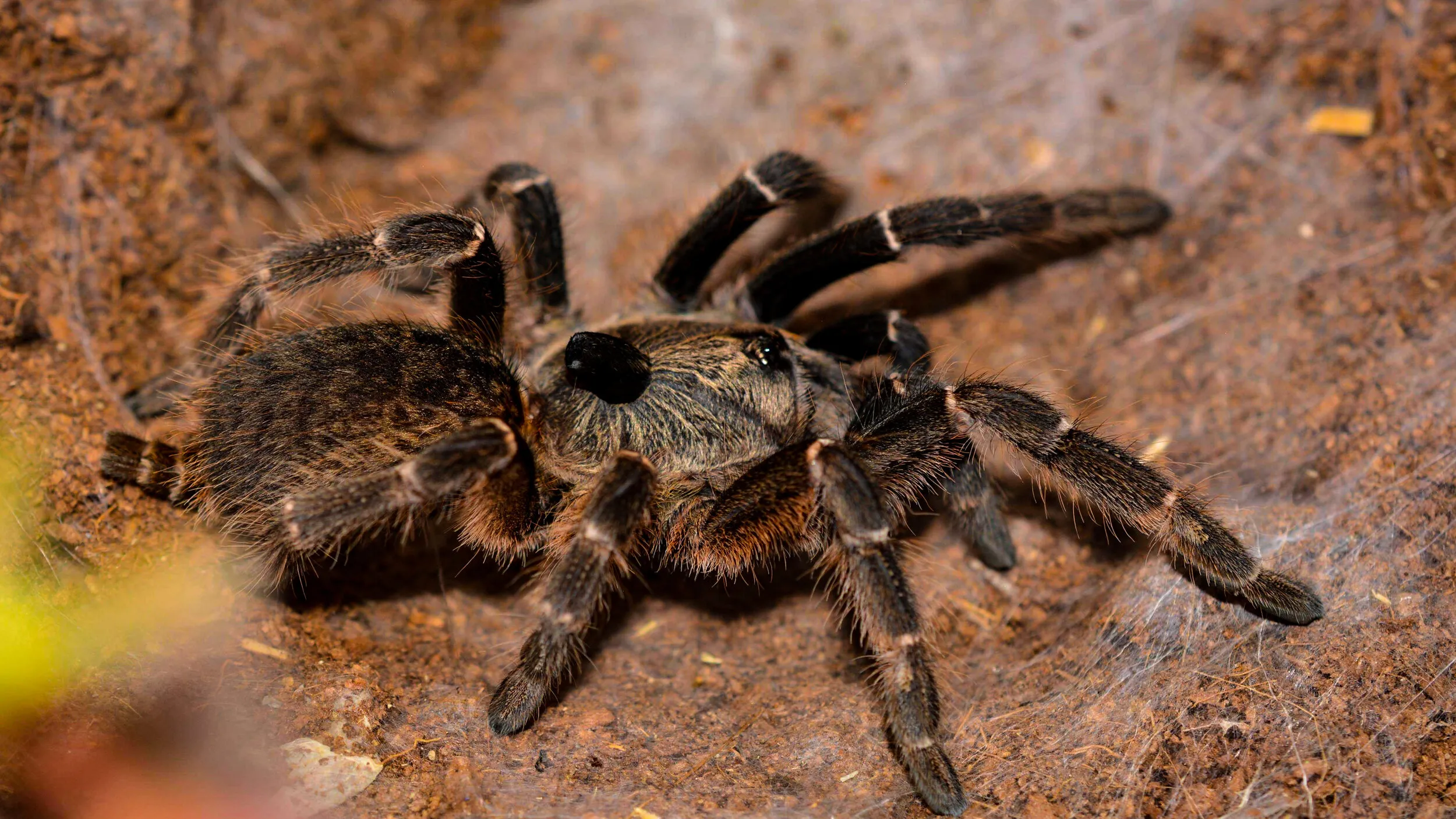
Feeding your tarantula is another essential aspect of its care. Tarantulas are carnivores, and their diet consists primarily of insects. It is important to provide a varied and nutritious diet to ensure that your tarantula receives all the necessary nutrients. Overfeeding should be avoided, as it can lead to health problems, such as obesity or complications during molting. It’s a good practice to feed your tarantula regularly but not excessively and always remove any uneaten food after 24 hours.
Appropriate Food Items and Frequency
Suitable food items include crickets, mealworms, dubia roaches, and other commercially available insects. The size of the food item should be appropriate for the size of the tarantula; the general rule is that the prey should be no larger than the tarantula’s abdomen. The feeding frequency depends on the tarantula’s age and species. Spiderlings may need to be fed several times a week, while adult tarantulas may only need to be fed once or twice a week. It is important to observe your tarantula’s feeding habits and adjust the feeding schedule accordingly.
Watering and Hydration
Providing fresh water is essential for your tarantula’s hydration. A shallow water dish should be placed in the enclosure at all times. The water dish should be cleaned and refilled regularly to prevent the buildup of bacteria. In addition to a water dish, many keepers also mist the enclosure periodically to increase humidity, which is particularly important for species that require higher humidity levels. However, avoid over-misting, which can lead to mold growth. The frequency of misting should be determined by the specific needs of the tarantula species you are keeping.
Handling Your Tarantula
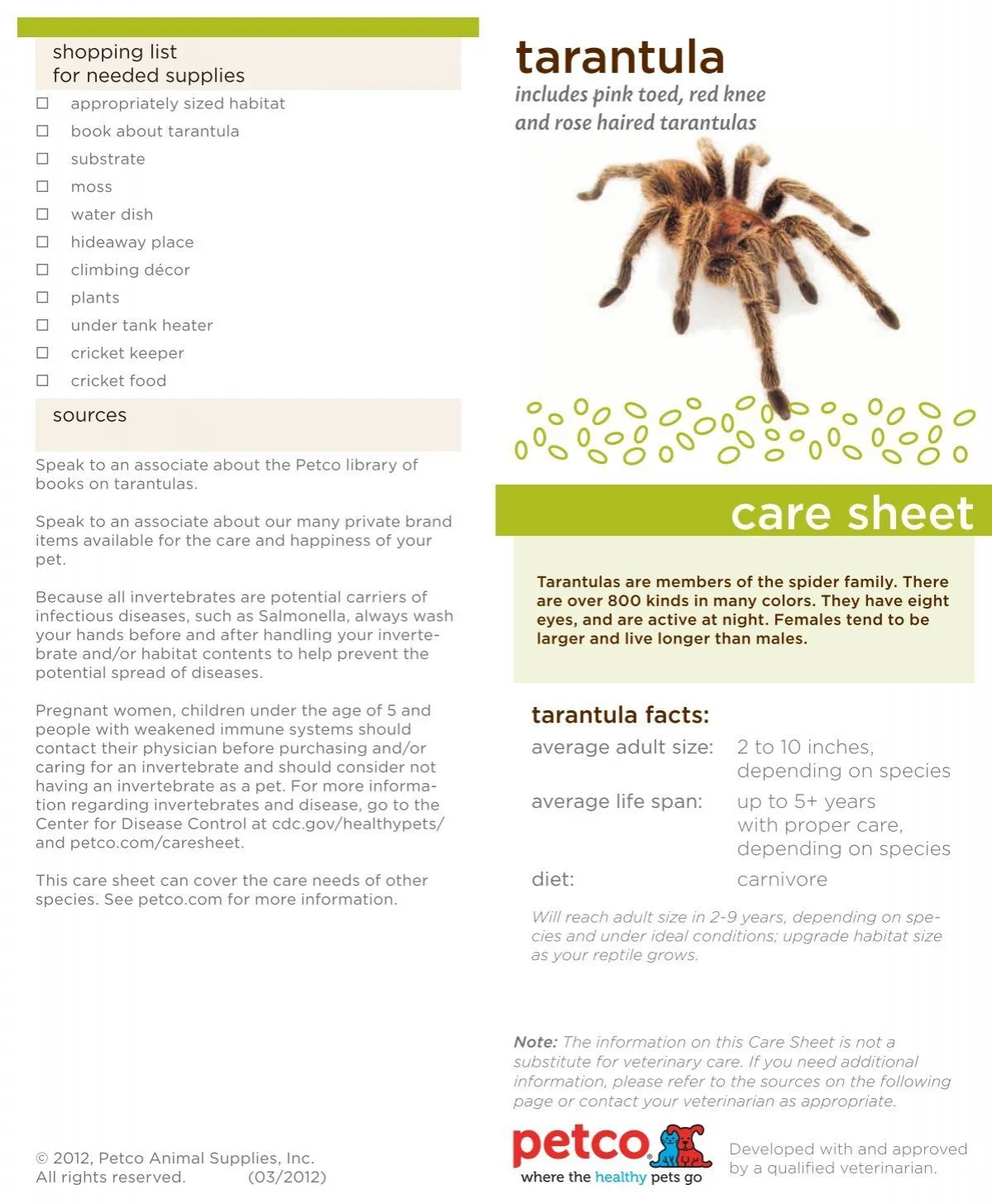
Handling tarantulas is a controversial topic, and it is generally recommended to minimize handling, as it can be stressful for the tarantula and potentially dangerous for the handler. Tarantulas can bite if they feel threatened, and some species have urticating hairs that can cause skin irritation. If you do handle your tarantula, it is important to do so cautiously and understand the risks involved. Always prioritize the safety and well-being of the spider, and respect its personal space.
Best Practices for Handling
If you choose to handle your tarantula, do so in a safe environment, such as a low surface, to minimize the risk of injury if the tarantula falls. Never handle your tarantula when it is about to molt or has recently molted, as they are particularly vulnerable during these times. Always approach the tarantula slowly and gently, and avoid sudden movements. Allow the tarantula to walk onto your hand rather than picking it up. Be aware of the tarantula’s body language, and if it appears agitated or defensive, gently place it back in its enclosure. Wash your hands thoroughly before and after handling to prevent the spread of bacteria.
Understanding Tarantula Behavior
Understanding your tarantula’s behavior is crucial for successful care and safe handling. Tarantulas have a variety of defensive behaviors, including raising their front legs, flicking urticating hairs, and biting. Learn to recognize these signs of stress or agitation, and avoid actions that might provoke them. Observing your tarantula’s behavior will also help you to understand its needs. For example, if a tarantula is spending excessive time in its burrow, it may be stressed or uncomfortable with the environmental conditions. By observing their behaviors, you will learn to better anticipate their needs and respond to them accordingly.
Regular Health Checks and Maintenance
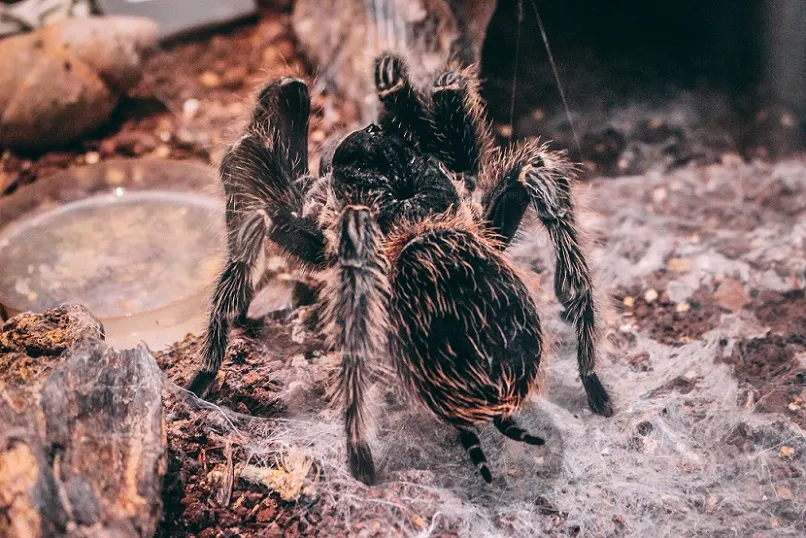
Regular health checks and enclosure maintenance are crucial for ensuring your tarantula’s well-being. These routine practices will help you identify any potential problems early on and take steps to address them. By keeping a close eye on your tarantula and its habitat, you will be able to provide the best possible care and ensure its long, healthy life.
Recognizing Signs of Illness or Distress
It is important to be able to recognize the signs of illness or distress in your tarantula. Common signs include loss of appetite, lethargy, changes in behavior, and physical abnormalities. If you notice any of these signs, it is important to consult with a veterinarian who specializes in exotic animals. Other signs to watch out for are, a distended abdomen, which could indicate a parasite, or a loss of limbs that could be a sign of a failed molt. Prompt intervention is key to addressing any health concerns.
Cleaning and Maintaining the Enclosure
Regular cleaning and maintenance of the enclosure are crucial for maintaining a healthy environment for your tarantula. Spot-clean the enclosure regularly to remove any uneaten food, waste, or other debris. The water dish should be cleaned and refilled daily. The substrate should be replaced entirely every few months, depending on the type of substrate used and the size of the enclosure. Disinfect the enclosure during substrate changes, using a reptile-safe disinfectant. Routine cleaning practices will help to prevent the build-up of bacteria and mold, which can be harmful to your tarantula.
